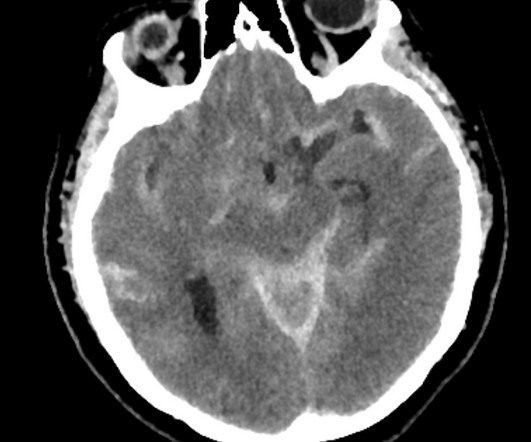REBEL Core Cast 98.0 – AVNRT
RebelEM
MARCH 22, 2023
Differential to Consider (for Regular, Narrow Complex Tachydysrhythmias) Sinus Tachycardia AVNRT Orthodromic Atrioventricular Reentrant Tachycardia (AVRT) Atrial Flutter with 2:1 block Common EKG Findings Narrow-complex, regular rhythm with a rate that often exceeds the theoretical maximal heart rate (220 – age) for that patient.














Let's personalize your content